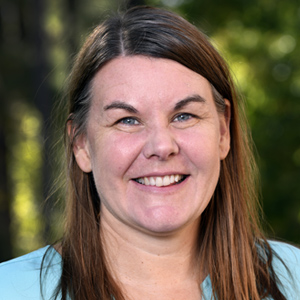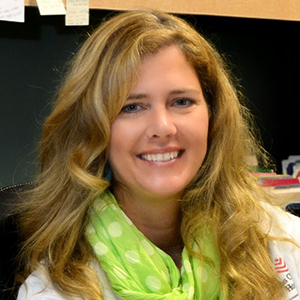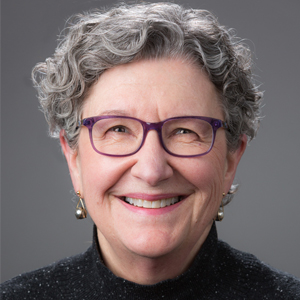The April 11 Dr. Martin Rodbell Lecture Series Seminar featured Joanna Wysocka, Ph.D., a professor of developmental biology at Stanford University, who presented “Making Faces: Transcriptional Enhancers in Human Development, Disease, and Evolution.”
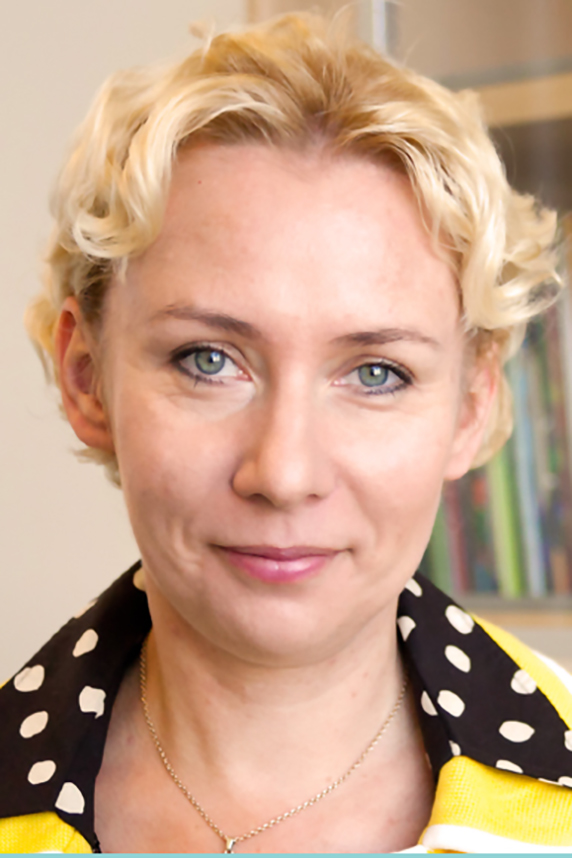
“Dr. Wysocka’s expertise in genetic regulators, developmental biology, and human craniofacial disorders made her an ideal Rodbell lecturer,” said Natalie Shaw, M.D., who serves as head of the NIEHS Pediatric Neuroendocrinology Group and holds a secondary appointment in the Reproductive and Developmental Biology Laboratory.
During the seminar, Wysocka explained her lab’s efforts to understand the role of transcription factors, or proteins involved in transcribing DNA to RNA and chromatin in human development and disease.
“To put it plainly, we are interested in understanding how regulatory information in our DNA is read in the context of the signaling environment of the cell and by major signaling pathways,” Wysocka said. “We also want to know how variations give rise to what makes us human and individual, and how mutations can result in disease.”
Small changes drive underdevelopment
Exploring how subtle changes influence an individual’s observable traits, or phenotypes — such as height, eye color, and blood type — led Wysocka’s team to examine SOX9 protein expression. Found on chromosome 17, SOX9 attaches, or binds, to specific regions of DNA and regulates the activity of other genes, in particular those that control skeletal development and sex determination.
Two clusters of enhancers that regulate SOX9 expression during the window of facial development have been identified by Wysocka’s team. In genetics, an enhancer is a region of DNA that can be activated by proteins to increase the likelihood that a particular gene will transcribe — or create an RNA molecule — to take the first step in gene expression.
A study led by Hannah Long, Ph.D., a postdoctoral researcher in Wysocka’s lab, characterized key human enhancers involved in congenital malformations and illustrated how small changes in gene expression can lead to significant variations.
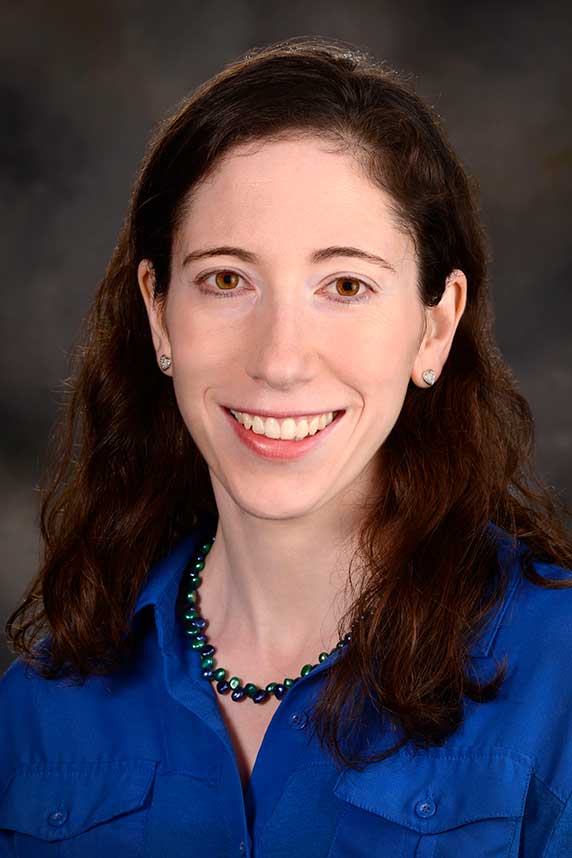
“We learned that even a 10-15% reduction in SOX9 can contribute to an underdeveloped jaw and other health factors,” Wysocka said.
Another recent project, led by Sahin Naqvi, Ph.D., identified thousands of enhancers and genes that changed accessibility or expression when SOX9 was degraded or minimized. Wysocka noted that the initial development of cartilage or bones, known as chondrogenesis, seems to be sensitized to the amount of SOX9 present in the genome.
An environmental influence?
In the question-and-answer session following the lecture, Shaw asked Wysocka if environmental influences could affect facial variations in humans.
“At this point, it’s hard to prove environmental influence,” said Wysocka. “However, patients with noncoding mutations at the SOX9 locus have variable disease expressivity, and I suspect that those may result from the convergence of genetic and environmental influences. Also, it is known that environmental influence affects expression of clefting, so it is not a huge leap for us to look further at SOX9 regarding environmental influence.”
(Catherine Arnold is a contract writer for the NIEHS Office of Communications and Public Liaison.)





